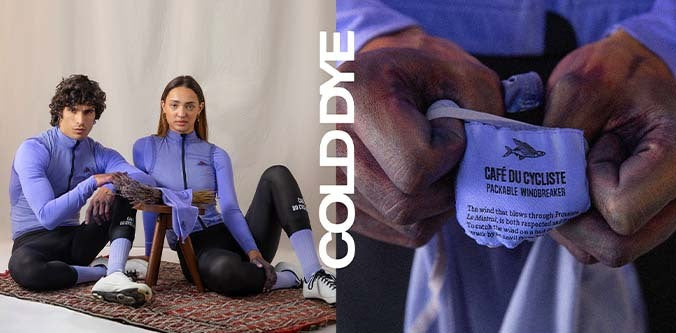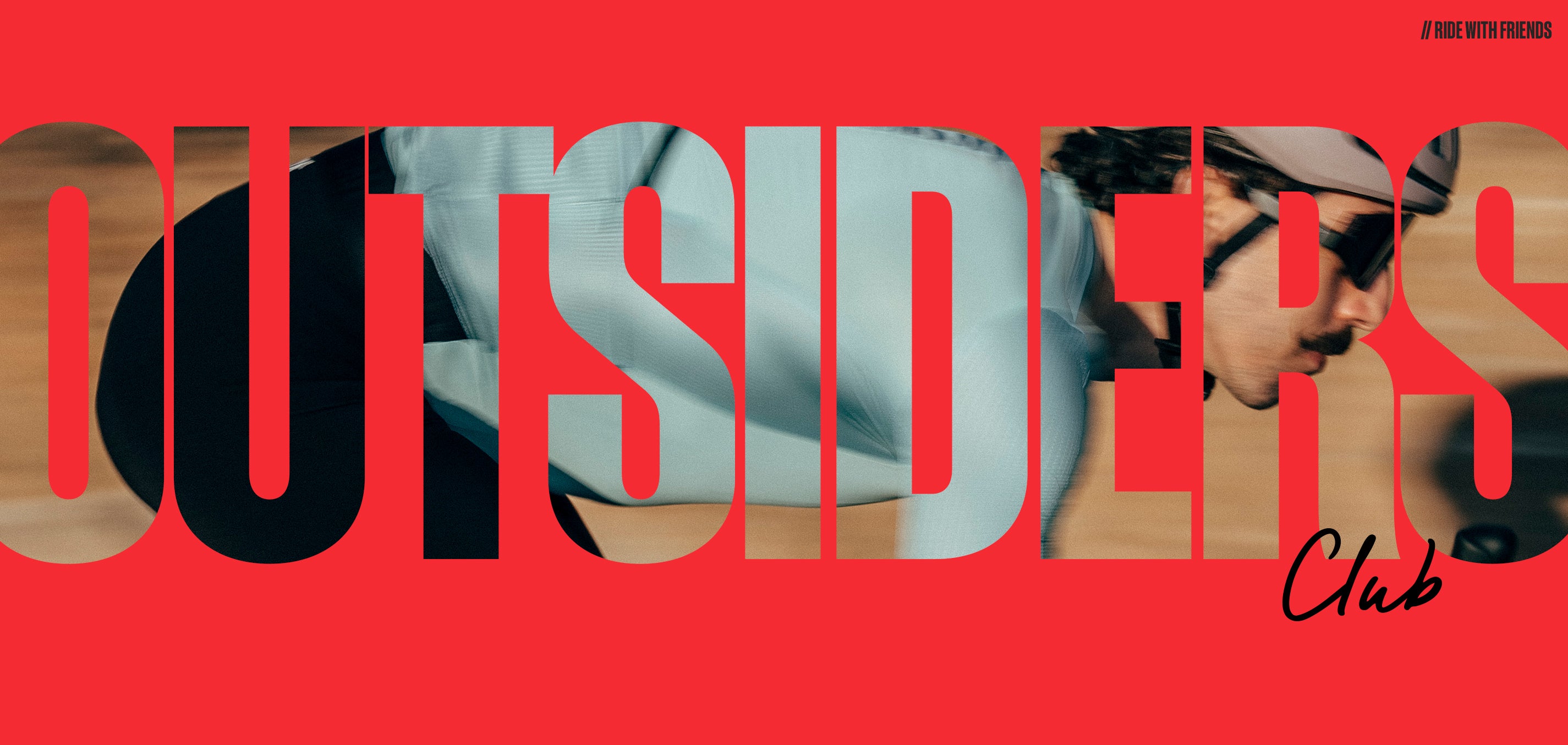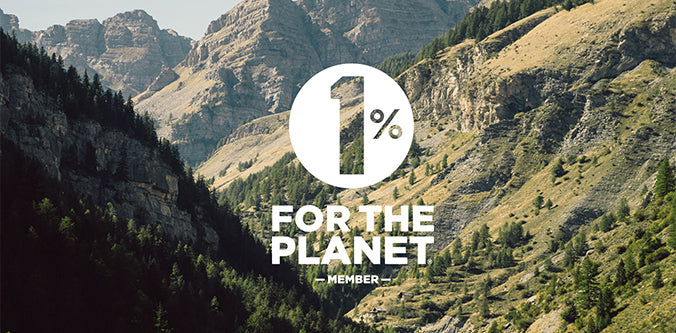Ça peak
Mont Ventoux is a double-edged sword because, it's Mont Ventoux. Sure, Izoard's La Casse Dessert might remind you of the upper slopes of the Giant of Provence and the forests of Turini might have similar timber. But Ventoux is everything including unique. The grand forest wrapped around the lower slopes. Those roadside white limestone rocks. That red and white mast. Such a perfect surface leading to a slightly surreal summit.
That summit is not Col de Ventoux. It is not a gateway between two valleys. You can go round rather than over the mountain to link its base towns. It is, therefore, France’s single biggest, 1911m high example of climbing for climbing’s sake.
And it is a giant light for cycling flies. Each of the base towns - Malaucène, Bédoin and Sault - are completely full of bike riders, bike rentals and bike shops. A velocipede mecca.
Compared to the isolation and serenity of the roads of the Niçois arrière-pays it is, quite frankly, a shock to the system. Cyclists...everywhere. Motorcyclists....everywhere. Sportscars...everywhere. Camping cars.... every-bloody-where.
However, there is always a way to escape the madding crowds. In this case, it's gravel.
There is a quatrième montée listed by the Club des Cingles du Ventoux. But we planned a different ride, starting from Bédoin, up and over to Malaucène, riding the gravel immediately and almost the whole way to the top, then descending on the smooth stuff.

The French national mapping service is called IGN, short for 'l'Institut national de l’information géographique et forestière'. The forestière is a recent but notable addition. Les routes forestières are a national infrastructure that rely on public funding and access to sometimes private land. On Ventoux, where foresting activities have been carried out since the 13th century, these were arguably once more important than their smoother counterparts.
If you are riding by gravel bike you find them delineated as white lines with a black-dotted outline. Ranked below the route nationales and routes departementale, the chemins departementale, these are these pistes.

A piste can mean a multitude of by-way sins. A path, a trail, a single-track, a double-track, a runway, a dance floor if you really want..... In theory those marked on IGN maps should be all passable by gravel bike. In theory. It’s that bridge of the unknown between what’s on paper and what’s on the ground that makes reading maps a more exciting experience than it sounds.
Un-paved means no guarantees. Taking the Piste des Graviers blancs it becomes evident that the spring rain water has churned everything up, making channels filled with rocks that are definitely not good for gravity-defying progress. The lower slopes are the worst.

After the first series of steep and rough switchbacks, a sight of rough ashphalt. Mylène is so happy she demounts and kisses the ground. Then she picks a handful of thyme from the side of the road. The nasal effect is stronger than a salbutamol inhaler. Which is a good thing as the ashphalt lasts all of 100m. Apart from the laughter there is no sound. Because there is no-one. Not even hikers. This is why we choose gravel.
As elevation is gained, the piste traverses the mountain for longer and gets into the deeper forest with tall cedar and fir trees. Long straights offer sunlight and shadow in equal measure. When the mistral isn’t blowing, the famous Ventoux heat makes us appreciate the Riviera sea breeze all the more.

Eventually we arrive at a grand carrefour of pistes, which raises the question of how many other ways there are to climb the mountain by gravel? After this the road smoothes out and speed increases. As does the cloud. The mountain drama is unfolding before us.
With all the distractions, the end of the piste arrives quicker than expected. And it’s like joining a motorway. Riders passing in both directions in non-stop trains of pained faces looking up and eyeballs-out looking down. One cyclist is resting on the armco after falling in the corner where the gravel meets the tarmac.

The gravel, that started in Bédoin has curved its way around the mountain so we are now climbing the last four kilometres of the Malaucène side. There are mostly dedicated roadies but they are joined by almost every other kind of two-wheeled adventurers – rigid MTBs, tourers, recumbants.
And there is an atmosphere in the last kilometre to the summit. The resident photographer on the final hairpin left shouts encouragement while snapping snaps that he hopes will make him a few euros. It is, though, a nice recognition of each and every rider’s effort to reach the top.

For those on gravel bikes, it’s almost an unwritten rule for the summit; the ride does not stop where the road stops. Andrea spots a single-track snaking its way towards the most famous of masts. The sight of him fighting the gradient and loose rocks against the background of the antenna as the clouds swirl around the peak is stunning.
Summiting skills polished, it's time to enjoy 21kms of curved and perfectly paved descent. But the air is thick with flying objects. Mouths shut, glasses on, stops are minimized. It’s a reminder that this is nature first, playground second.




















